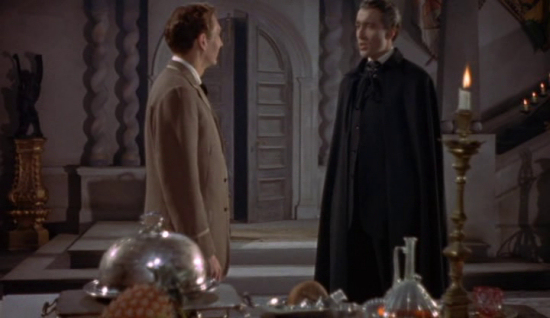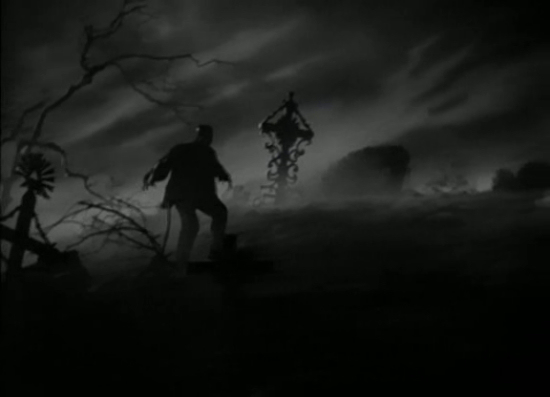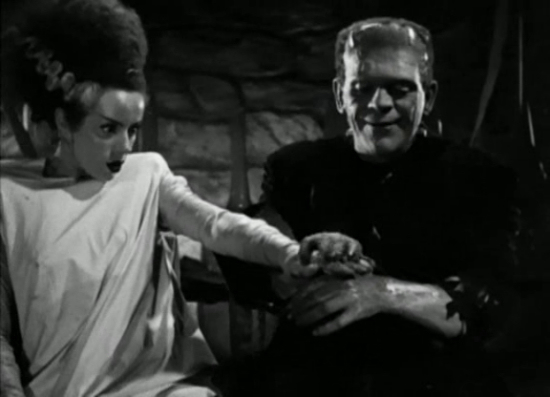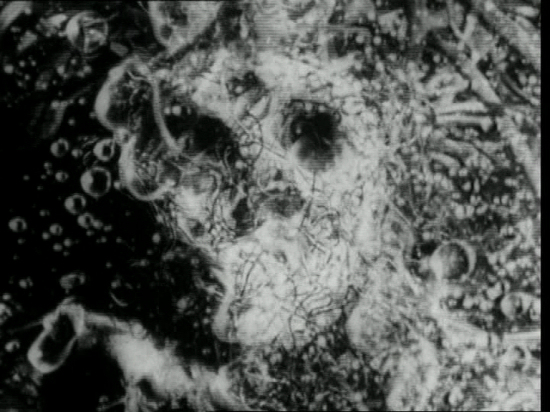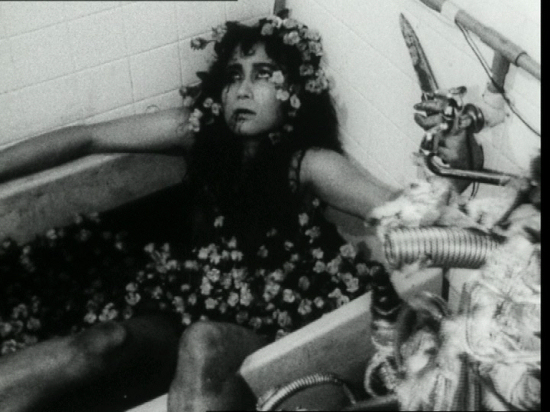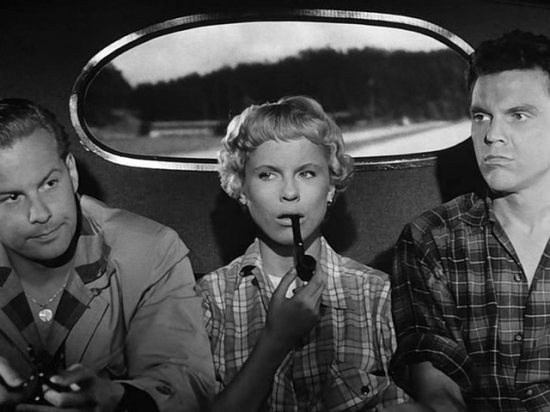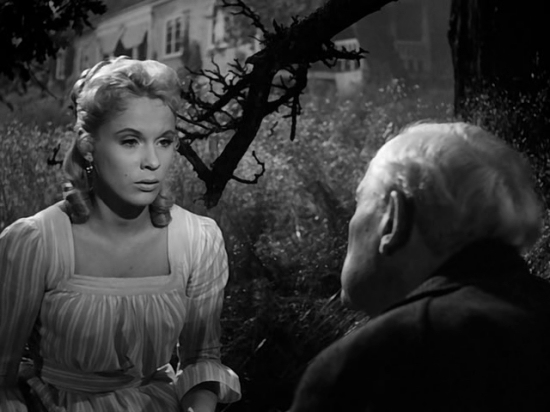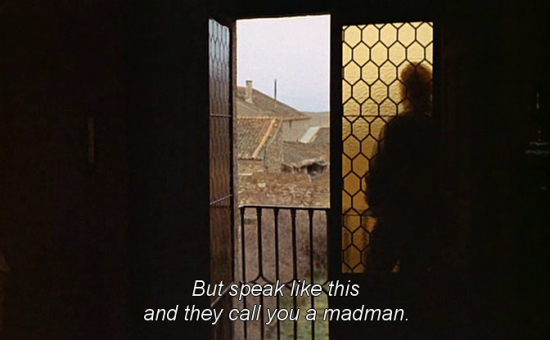
As the world greets
Batman: Arkham City, I've just started playing its predecessor,
Arkham Asylum, mainly because it was $9.99 on Steam this past week. With every new game costing between forty and sixty dollars on any platform, there's no way I can hope to stay current on video games, though it is nice that there seems to be so many people doing commentated play-throughs of games on YouTube. I recently watched one of Tim's favourites',
The Yogscast's, coverage of
Dead Island, because I had to write an essay on the game's commercial for my English class. My thesis was kind of on how the graphic and sort of depressing vignette of the little girl getting killed, turned into a zombie, and getting killed again was validation for the potential player and that's why the game sold so well despite bearing little tonal resemblance to that trailer. It was nice I didn't have to play it.

Anyway, I quite like
Arkham Asylum so far. It's a different experience after playing sandbox games like
Oblivion and the new
Fallout games--I haven't played such a linear game in a long time. In the sandbox games, there's a million ways to kill a boss. In
Arkham Asylum, you're always going to kill Bane by throwing batarangs at his face while he charges at you, dodging him, then tearing out his venom tubes once he's been dazed by a sufficient number of batarangs. Which is not to say it's not a challenge or that it's not fun. It's both of those things. There's something liberating about swinging up to the ceiling and waiting to slowly and stealthily pick off five guys with machine guns without having to worry about one or some of them deciding to leave the room or spotting you because, after all, you're just above their heads and the bat-grapple does make a great deal of noise. There are times when I miss the freedom of creative playing, as when I'm clearly meant to sneak past three armed guards and I said, "Fuck it, I'm Batman, I'm taking them down." I must have died fifty times trying before I sullenly slunk back to script.

But the gameplay is really fun. I don't feel so hemmed in--I get genuine delight out of Batman's melee combos and gliding down from the rafters to silently take an enemy from behind. The gorgeous graphics and atmosphere contribute a great deal to this and writer Paul Dini created dialogue that's not unintentionally funny and doesn't annoy me, high marks for video game dialogue. Though I hope he's not the guy who decided Arkham Asylum was built by some guy named "Amadeus Arkham", I hope it was already part of Batman lore.
Oh, I see
Grant Morrison's to blame. I don't know, maybe it shouldn't bug me. But how many people were really named Amadeus in the past couple hundred years? It sounds too much like an old fashioned name someone reached for because they don't know many old fashioned names. And Arkham, a name which comes from a fictional city created by H.P. Lovecraft--it still sounds like a place name to me, like it was short for Ark Hamlet at some point. Though I guess there are lots of last names that end in "ham". Something about Amadeus Arkham just doesn't scan for me, I don't know why.
I do like the lines Dini gives Joker, as when he threatens to drop an elevator while Batman's in it like "a sack of puppies."

This comes right before the encounter with Scarecrow, which got very
American McGee's Alice. It was cool, though I kind of wonder, since I beat a massive hallucination of Scarecrow, how Batman
actually beat Scarecrow. Was he drooling and flailing his arms around until he got lucky?
Really, though, the only thing I genuinely dislike about
Arkham Asylum is it force feeds me proto-
cloud gaming. This is the future, or anyway it's the future game publishers want. Games that exist more or entirely on servers they own that we just tap into. I guess the eventual result would not be unlike Second Life, though presumably with less load time. The main point is to combat piracy, of course. I'm old fashioned, I still like having my hardcopies and being able to play single player games even without an Internet connexion. But
Fallout: New Vegas actually
required me to install Steam, the most prominent proto-cloud gaming service, even though I bought it in a store. And Steam has to be running whenever I play
New Vegas, which isn't
so bad since Steam at least has an offline mode. But
Arkham Asylum, which I got through Steam since that seemed to be the only way I could get the $9.99 deal (was this what Herman Cain was talking about?),
also required me to have a Windows Live account in order to save my game. I can
play the game, but somehow I'm to believe this function games have had since the original Nintendo system can't be had in
Arkham Asylum unless I'm plugged into some social network I don't give a shit about. Who knows what "achievements" and bullshit it's publishing to my arbitrarily assigned profile. I'm planning on getting
Skyrim when it comes out next month, half of me expects I'll have to sign up for some other thing foisted on me. What happens when the parent companies of these things go out of business? Am I going to be able to play these games anymore? I suppose they'd consider it a good thing if I
couldn't lest old games make me hesitate before buying new ones. At this rate, people are going to feel they
have to pirate games. I foresee cloud server emulators at some point for certain. Yeah, you don't see that kind of thing much for Second Life or MMORPGs because those things are by nature communal, but they're nuts if they think people are going to stand for this when it comes to single player games. We can live without anonymously broadcasting the same scripted achievements everyone gets who plays the game, thank you.









